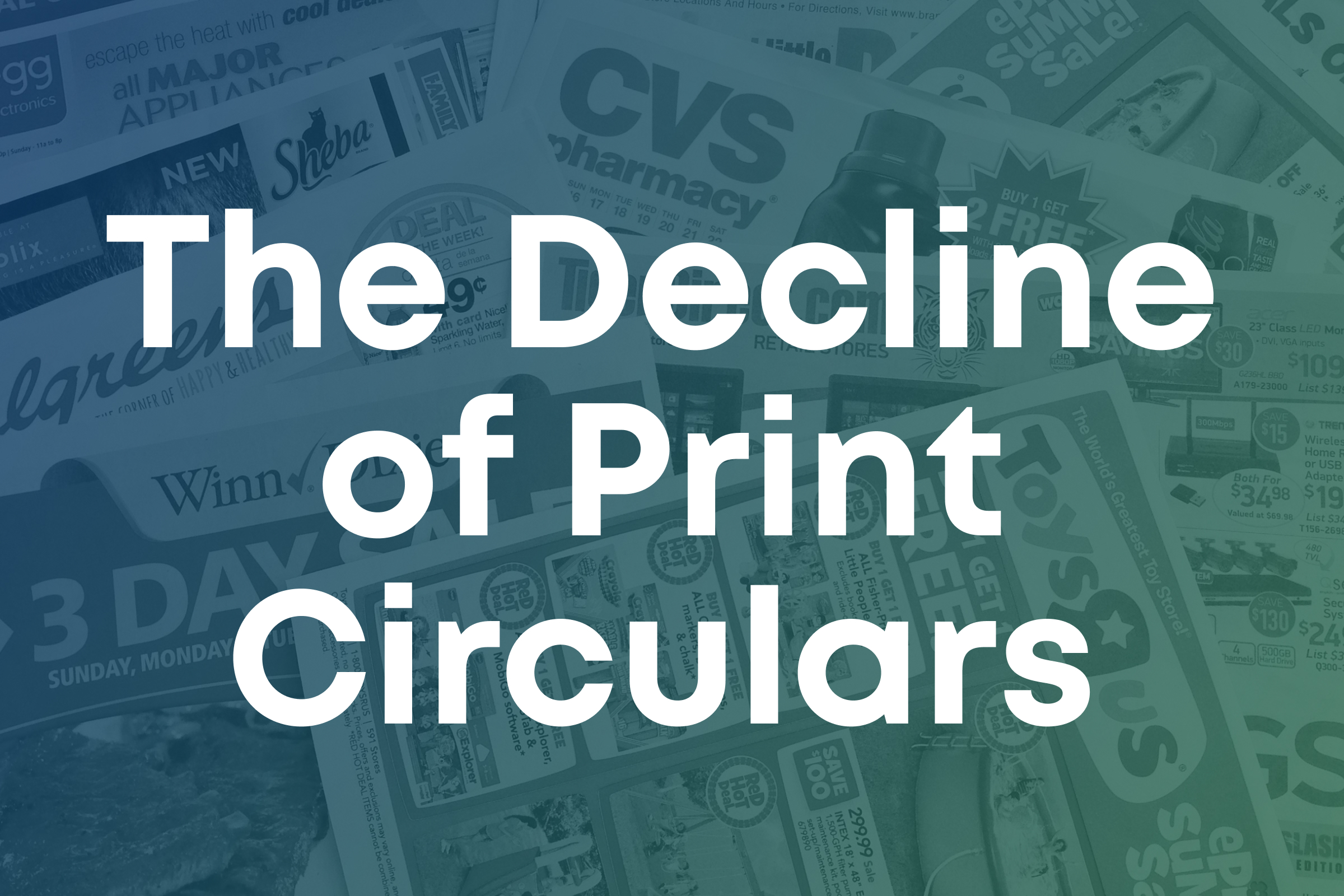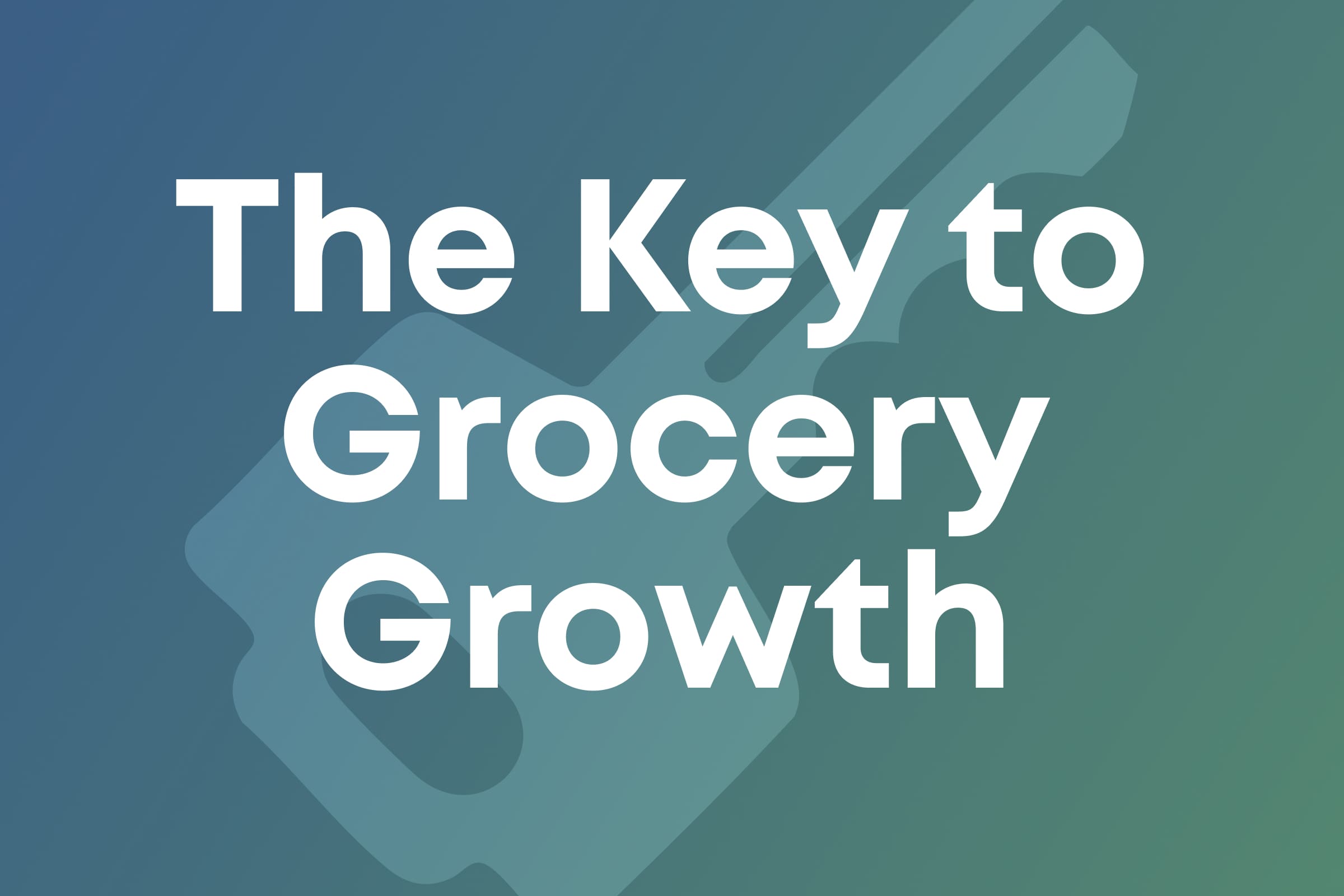How Retail Media Complements Traditional Advertising
Swiftly
The advertising landscape is continually evolving, offering brands a multitude of channels to reach their target audience. Among these, retail media has emerged as a powerful complement to traditional advertising tactics. This innovative approach leverages retail media platforms, retail tools and networks to amplify brand messages and reach shoppers across both online and offline properties.
But how do advertisers integrate these new solutions into their existing strategies, particularly when it comes to audience engagement and the overall customer experience? Let’s talk about it.
Understanding Retail Media
Retail media refers to advertising within a retail environment, both in-store and online, through a dedicated retail media network. This network empowers brands to target consumers at the point of purchase or decision-making, utilizing retail media tools and technology. The emergence of e-commerce platforms—online marketplaces that have revolutionized the shopping experience—has further expanded the reach of retail media, making it an indispensable tool in the marketer's arsenal.
The Distinctive Edge of Retail Media Over Traditional Advertising
While traditional advertising casts a wide net to garner consumer attention through various channels such as TV, radio and print ads, retail media offers a more targeted approach, focusing on consumers at the crucial moment of their purchase decision. This key difference lies in the precision and context of retail media advertising, which is embedded within the shopping experience itself—be it online or in-store.
Retail media networks utilize data insights and advanced analytics to deliver relevant ads to consumers right where they make their buying decisions, increasing the likelihood of conversion. This level of specificity and timing is something traditional advertising mediums struggle to match, making retail media a vital complement that bridges the gap between broad-reach brand awareness and direct sales stimulation.

Complementing Traditional Advertising with Retail Media
1. Targeted Reach through First-Party Data
One of the significant advantages of retail media is its ability to utilize first-party data—information collected directly from customers through interactions like sales transactions, website visits and loyalty programs—for targeted advertising. Unlike traditional advertising, which often relies on broader demographic information, retail media platforms can leverage this first-party data from things like grocery loyalty programs and online shopping behaviors. This rich data provides deep insights into consumer preferences and buying habits, allowing for more personalized and effective advertising campaigns. By understanding the specific interests and needs of their audience, brands can craft messages that resonate on a more personal level, driving both engagement and conversion.
2. Enhancing Customer Experience with Retail Media
Retail media offers a unique opportunity to enhance the customer shopping experience. By integrating digital ads with loyalty programs, retailers can offer personalized discounts and recommendations, thereby increasing customer satisfaction and loyalty. This approach complements—and can often replace—traditional advertising methods, such as print ads and flyers, by adding a layer of personalization that drives higher engagement and sales.
3. Seamless Integration with E-commerce Platforms
The rise of e-commerce has prompted traditional advertisers to seek new ways to connect with consumers online. Retail media networks provide a seamless solution by integrating ads directly into e-commerce platforms, reaching the customers while they are researching, comparing and buying products. This integration not only enhances the visibility of products but also offers a direct path to purchase, bridging the gap between advertisement and sales in a way that traditional media can’t. E-commerce platforms, serving as the modern marketplace, become the perfect stage for retail media to thrive, showcasing products at the moment consumers are ready to buy.
4. Utilizing Retail Media Tools for Omnichannel Marketing
Retail media technology offers a suite of tools designed to optimize advertising campaigns across multiple channels—from the mobile app to e-mail, social and more. By using these tools, brands can ensure their message is consistent across both traditional and digital mediums. This omnichannel approach ensures that consumers receive a unified brand experience, whether they are shopping online, browsing social media or visiting a physical store.
The Bottom Line
Retail media serves as a powerful complement to traditional advertising tactics, offering brands a targeted, data-driven approach to reach consumers at the point of purchase. By leveraging the capabilities of retail media platforms, technology and networks, advertisers can enhance the effectiveness of their campaigns, driving higher engagement and sales. As the retail landscape continues to evolve, the integration of retail media with traditional advertising strategies will become increasingly more important, offering brands new opportunities to connect with their audience in meaningful and impactful ways.
Maximize your retail media strategy by partnering with experts. Contact Swiftly or book a demo to see how our retail media solutions can elevate your advertising and drive growth in the competitive market.




